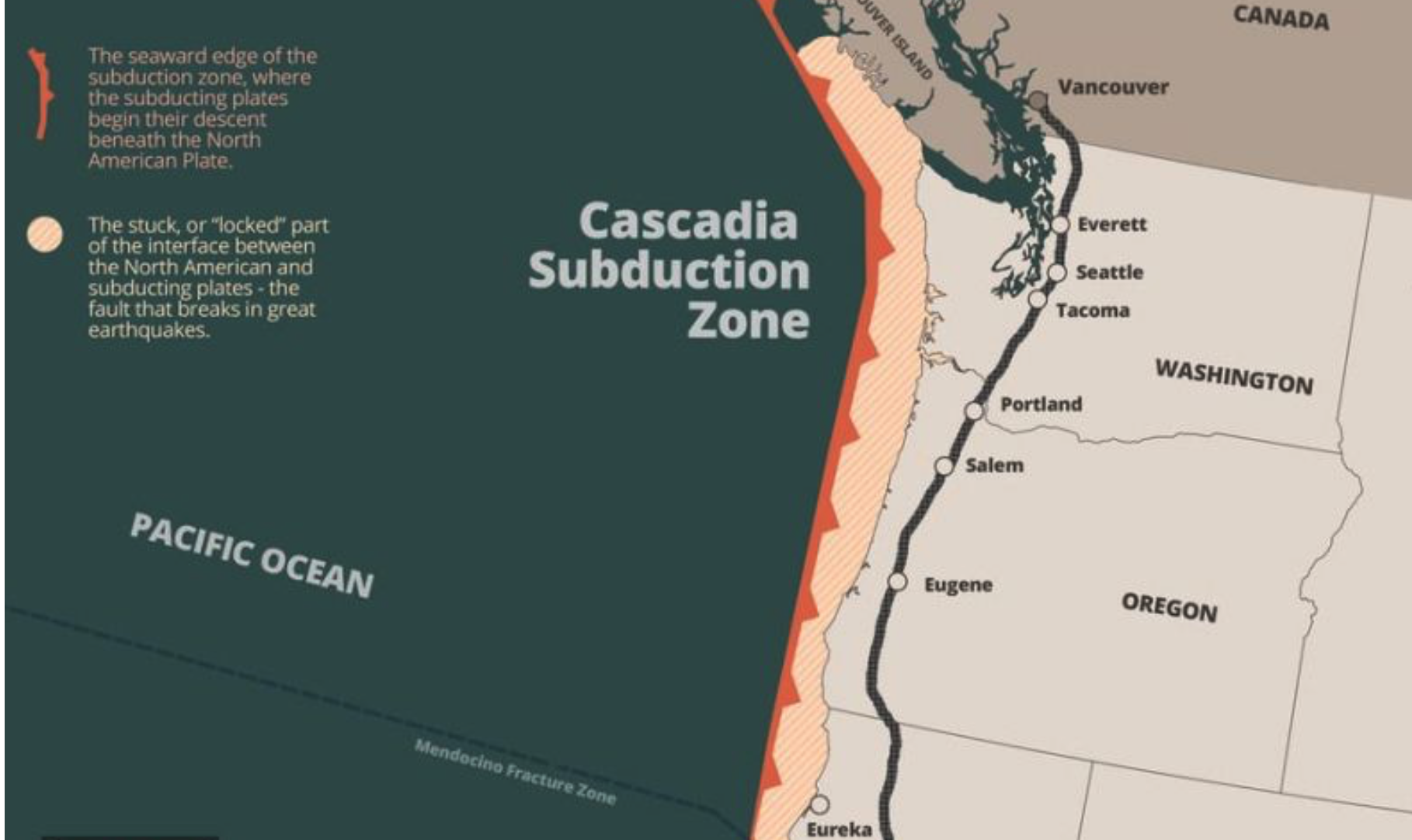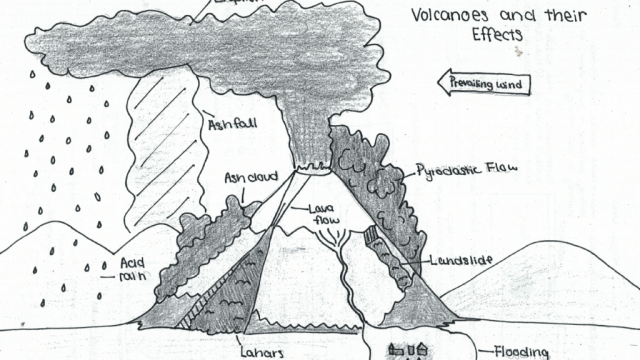
Volcanoes- Earthquakes
How geophysical processes give rise to geophysical events of differing type and magnitude
Mechanisms of plate movement including internal heating, convection currents, plumes, subduction and rifting at plate margins
Reading: Prof. Stephen A. Nelson’s paper (Tulane University) on Plate tectonics
Characteristics of volcanoes (shield, composite and cinder) formed by varying types of volcanic eruption; and associated secondary hazards (pyroclastic flows, lahars, landslides)
Characteristics of earthquakes (depth of focus, epicentre and wave types) caused by varying types of plate margin movement and human triggers (dam building, resource extraction)
Soil Liquefaction, Tsunami; Landslide : Secondary Hazard Related to Earthquake
Happens when solid materials turns into a liquefied state due to an increase in pressure, most likely as a result of ground shaking during an earthquake. Unconsolidated sediments and materials on the surface may get saturated with water and the entire ground may starts moving, damaging building foundations. Soil liquefaction may cause massive collapse of the buildings and other man made structures such as bridges, dam, pipelines etc. Loosely packed, waterlogged sediments at or near the ground surface are ideal for liquefaction. Liquefaction occurring beneath buildings and other structures can cause major damage during earthquakes. For example, during the California earthquake, 1989, liquefaction of the soils and debris caused major subsidence, fracturing, and horizontal sliding of the ground surface in the Marina district in San Francisco.
Transverse faults
Transverse faults occur when a block of rock fractures, and the two blocks of rock slide past each other in opposite directions. Transverse faults strike obliquely or perpendicular to the general structural trend of the region. Unusual transverse faults along the Cascadia margin have been discovered in 1990s using sonar and seismic reflection.


